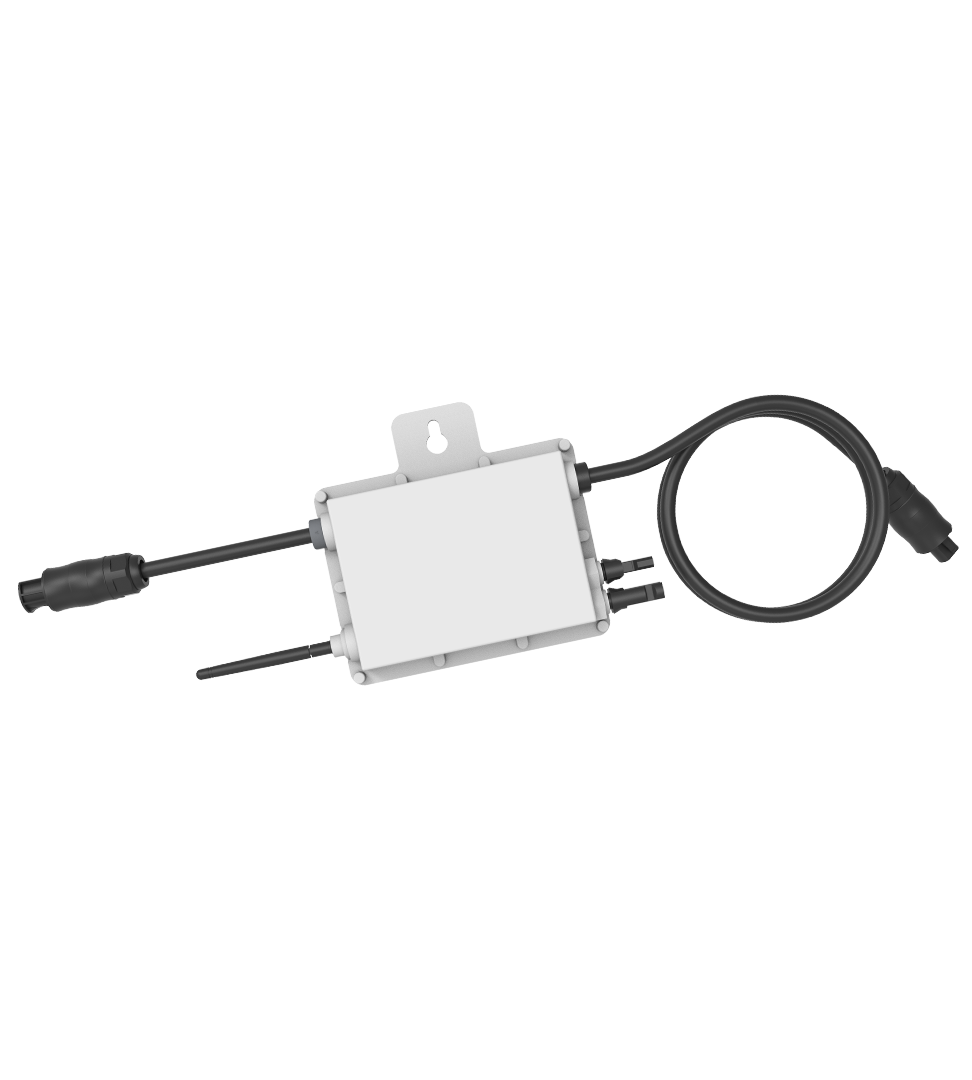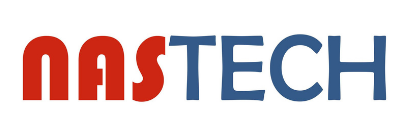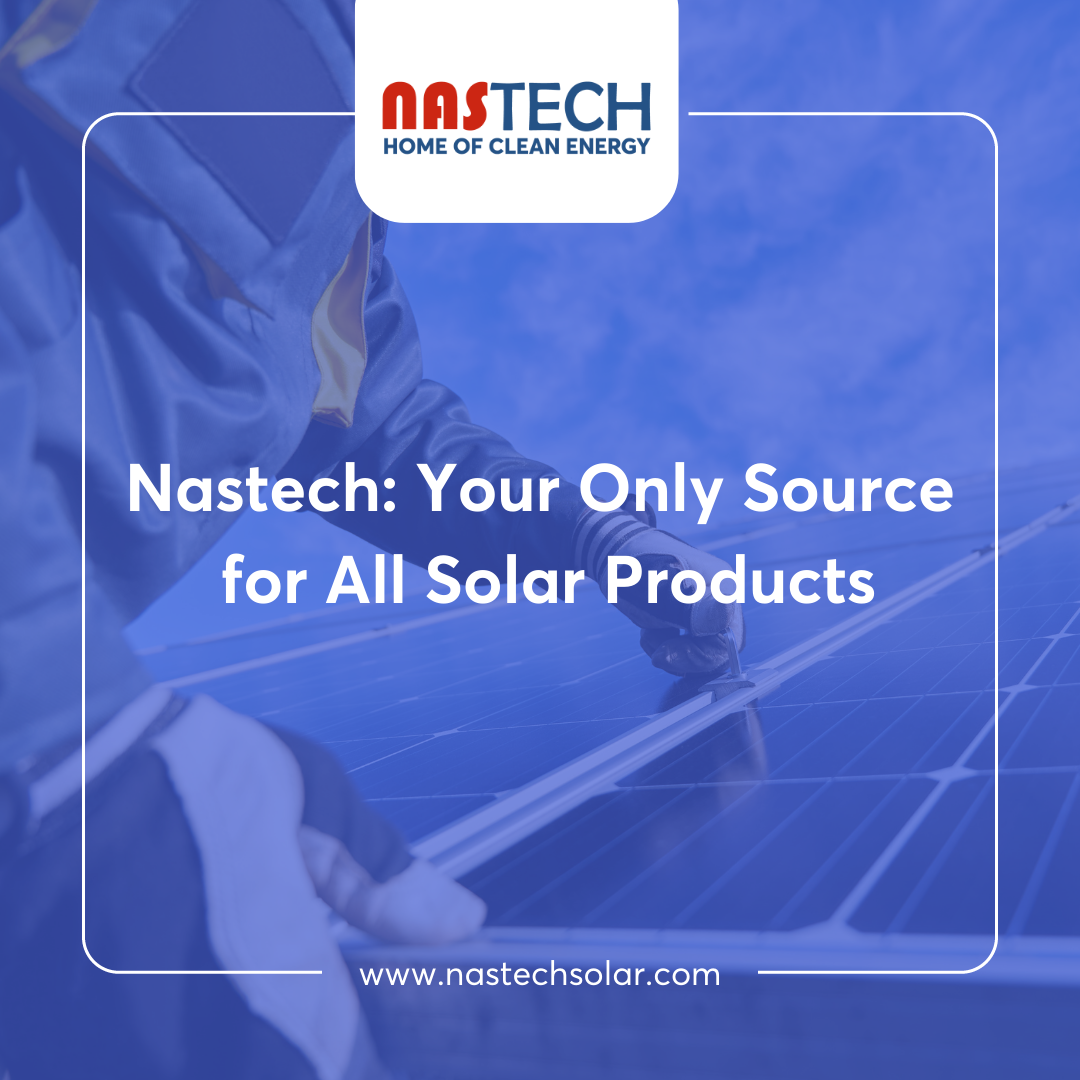Microinverters - Types and Capabilities- NingBo Deye Inverter Technology Co.,Ltd
The micro-inverters are designed so that they can be plugged in a direct current source (like a car battery) to provide AC power to a house or business. The photovoltaic modules in each unit are called photovoltaic modules. There are typically five to eight modules in each micro-inverter. However, some systems can have as few as three. The way each unit is wired together, and the type of batteries used to power the units determines the number and size of the individual photovoltaic modules.
There are several types of microinverters available, depending on what applications they will be used for. The simplest types are direct current microinverters, which are the cheapest. These inverters convert direct current from a solar module's battery into alternating current, or DC energy. These are often called DC to AC solar modules. These are most commonly used for applications where the sun does not shine as much.
Secondary microinverters convert AC power to DC power using alternate currents. These inverters are used with solar panel systems. These inverters do not allow you to store a large amount of energy, but they work very well if you don't have a lot of sun. These inverters are the most expensive, but they are also some of the most effective.

Microinverters that work with AC solar panels are called direct conversion inverters. These use an inverter and are the most expensive type of Microinverter. These inverters work by changing one or two different currents from the battery to DC current, which is the standard for solar inverters. The drawback to these is that they take longer to charge and discharging them will lead to power drop-outs. However, they can be more effective if you are planning on storing enough energy to run all your appliances at night.
Three Phase Microinverters come in a variety of sizes and are sometimes referred to as "baseboard" or "wall-insulated" microinverters. The main drawback to these is that they do not allow for any storage capacity and work best with direct current power. They are best suited to small solar panel systems. They have the fastest charge times available and can be the most cost effective. Unfortunately, they can not be used with grid-tie applications.
Full-phase Microinverters are the most cost effective and widely available microinverters. They use a inverter and a battery in a closed loop to increase the battery's charging capability. This allows the same amount of power to be obtained from the battery as was produced by the inverter. Although this allows the maximum performance from the battery, it also has the highest power output and thus is often the preferred choice for powering many small home systems. These microinverters can also be used to run a portion of a home grid during a partial power outage.
Shading Microinverters work well with shading roofs. These are designed to be installed on a small roof or mount down over a fascia or skylight. They attach quickly and easily to the roof and are capable of being run in either bi or tri-axle configurations. Binskered and silky shading microinverters are sometimes referred to as solar blankets and work best in sunny climates where direct sunlight is accessible. They work best in conjunction with a photovoltaic roofing system.



